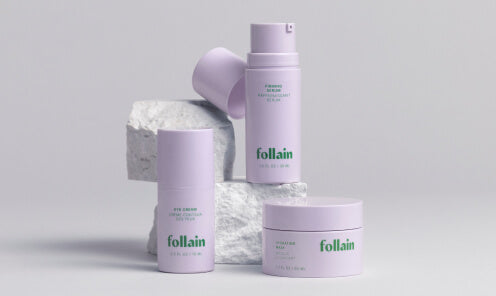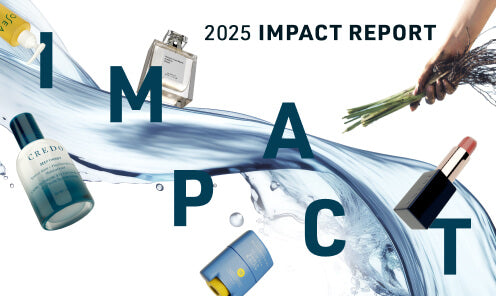By Mia Davis, Credo's Director of Mission
The colors of October: brilliant reds, oranges and yellows seen in nature, and the bright and pastel pinks seen on store shelves, online, on the football field... seemingly everywhere. As we’re nearing the end of the month, you can’t miss that October is Breast Cancer Awareness Month.
The first breast cancer awareness campaign wasn’t pink, it was peach, and very grassroots. A 68-year-old California woman, Charlotte Haley, made peach ribbons, which she attached to postcards that read “The National Cancer Institute’s annual budget is $1.8 billion; only 5 percent goes for cancer prevention. Help us wake up legislators and America by wearing this ribbon.” When major corporate interests approached Charlotte about adopting her peach ribbon, she refused; Charlotte didn't want the ribbon to be about selling stuff, she wanted it to be about prevention. So the marketers changed the color to pink, and here we are, awash in pink.
In a time when more than 1 in 8 women are diagnosed with breast cancer in their lifetime, how much more “awareness” do we need? The vast majority- around 85% - of women diagnosed have no genetic link to the disease. So, it seems that what we should be most “aware” of is that there are non-genetic factors, i.e. environmental factors at play, including diet, smoking, obesity, stress, radiation, and exposure to toxic chemicals.
Let’s focus on the last one. The science and the exposures to cancer-triggering/promoting chemicals make for a very complex and still-unfolding topic. This should not be over simplified; It is not like a person is exposed to one carcinogen and bam-- cancer.
So what does an environmental exposure to chemicals look like? It looks like daily life. Sitting in traffic, sitting in a cubicle, sitting on a plane, drinking bottled water, grilling meat, using cosmetics, cleaning the house-- these are all “environmental exposures”. We’re inhaling, ingesting and absorbing chemicals all of the time. Some of them (not all!) are problematic. The Silent Spring Institute’s researchers identified 100 cancer-causing chemicals, which we are likely exposed to in our daily routines. In super small amounts. But there is no security in how small these amounts are. First because we’re exposed so consistently. And second because scientific evidence shows that some chemicals, especially endocrine disrupting compounds, can have effect at extremely low levels of exposure (even worse effects than at higher doses). Furthermore, the timing, duration and pattern of exposure are just as important as the dose. For example, exposures to common contaminants- including chemicals used in the skin care - may change the timing of puberty, which in turn can increase a women’s overall breast cancer risk. Or, once a cancer begins, other chemicals called tumor promoters, may stimulate growth.
This can feel scary. This factors can be puzzling. But the good news is that more knowledge and action to reduce exposures can only help to create better outcomes, and get that 1 in 8 number back up to where is was decades ago: 1 in 20. Let’s honor Charlotte Haley and make breast cancer awareness an everyday campaign about working together to increase our understanding of how and why women get breast cancer(s), and what we can do to stop chemicals linked to disease from being used in the products that we use every day.
At Credo, we are proud to support breast cancer awareness by supporting brands formulating with safe and healthy ingredients along with donating 1 % of all sales to our non-profit partner Lipstick Angels. Lipstick Angels began with the simple idea of helping hospital patients feel better through beauty, compassion, and touch. This desire goes beyond the physical, believing that upholding dignity and self-respect is crucial to a patient’s successful encounter and defeat of a chronic disease. Lipstick Angels provides care and treatment through bedside delivery of makeup and skincare. Patients receive a moisture mask, hand massage, hint of blush, and a swipe of gloss. But they also get a conversation, human touch, and a lot of love.
For more information, check out Silent Spring Institute [https://www.silentspring.org/] and Breast Cancer Prevention Partners [https://www.bcpp.org/].














